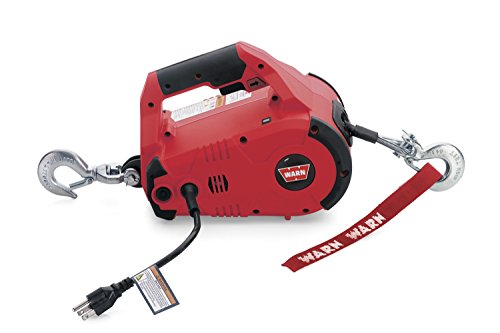:roll: Gimmick.
I wholly realize I'm necroposting here... but...
The sensors are piezoelectric surface pressure transducers embedded inside a housing that has to tolerate a whole lot more aggressive chemistry than any difference an additional 10% of nitrogen content would affect. Same goes for the tires and the rims, and the valve stem... and if you TRIED to evacuate and fill completely with nitrogen, you'd never get to it anyway... From 78, you might make 85%...
The lubricant/sealing compound used for mounting the tires, road salt finding it's way between the rim and the bead... sunlight on the outside, oil and objects from the road... all present hundreds of orders of magnitude more impact on the tires than the gas inside.
Thermal expansion of nitrogen, vs garden-mix that results in atmospheric air is mathematically insignificant.
Yeah, they charge shocks with nitrogen. Why? Because there's OIL in them, and when you aereate oil with oxygen, and put it under rapid pressure, you have a Diesel Engine. This is why a hydraulic accumulator is charged with non-flammable gases... and don't think for a moment that Nitrogen is non-reactive... if it weren't, we wouldn't have nitric acid to pickle steels. For charging, Nitrogen is chosen over an inert... say... Argon, Helium, Neon Krypton, Xenon and Radon... because it's cheap and easy- take a deep breath, if you're below 36000ft, you're already at 78%. Eliminate the oxygen by spraying some alcohol in there and sponsor a fire to exchange the remaining 20% for carbon dioxide and water... one of which will settle out, the other will constitute an insignificant trace.
There's really only one significant advantage to charging a tire with Nitrogen... fire suppression. If a wheel and tire assembly becomes subject to a fire, the air pressure inside the tire won't significantly impact something burning, which doesn't mean much to an average road automobile, but if you have 'true' magnesium wheels and red-hot brakes on your Formula One racecar, it CAN give you a few more seconds to escape before the fire gets really, really hot... because nothing accellerates a burning tire, like a nice breeze.
Whatever you do, just don't mount a tire by spraying something flammable into the tire, then throwing a match in it. People who do that, don't understand basic chemistry... the resulting fire may burn enough to whoof and seat the tire bead, it will stop burning once one of two things happen: First, the fire runs out of fuel, or second, the fire runs out of oxygen. Basically all the time, the latter is the case, which means the tire is still charged with fuel, but there's no oxygen present to permit further combustion... but the very next thing one does, is put an air hose to it, which makes that fuel viable (and usually corrosive) again.
If you're considering Nitrogen to make your tires last longer, you're not riding enough. Get out there and rotate the tires the old fashioned way: Click to the next gear, let the clutch out, and twist your wrist. Don't forget to use the brakes every once'n a while.


















































